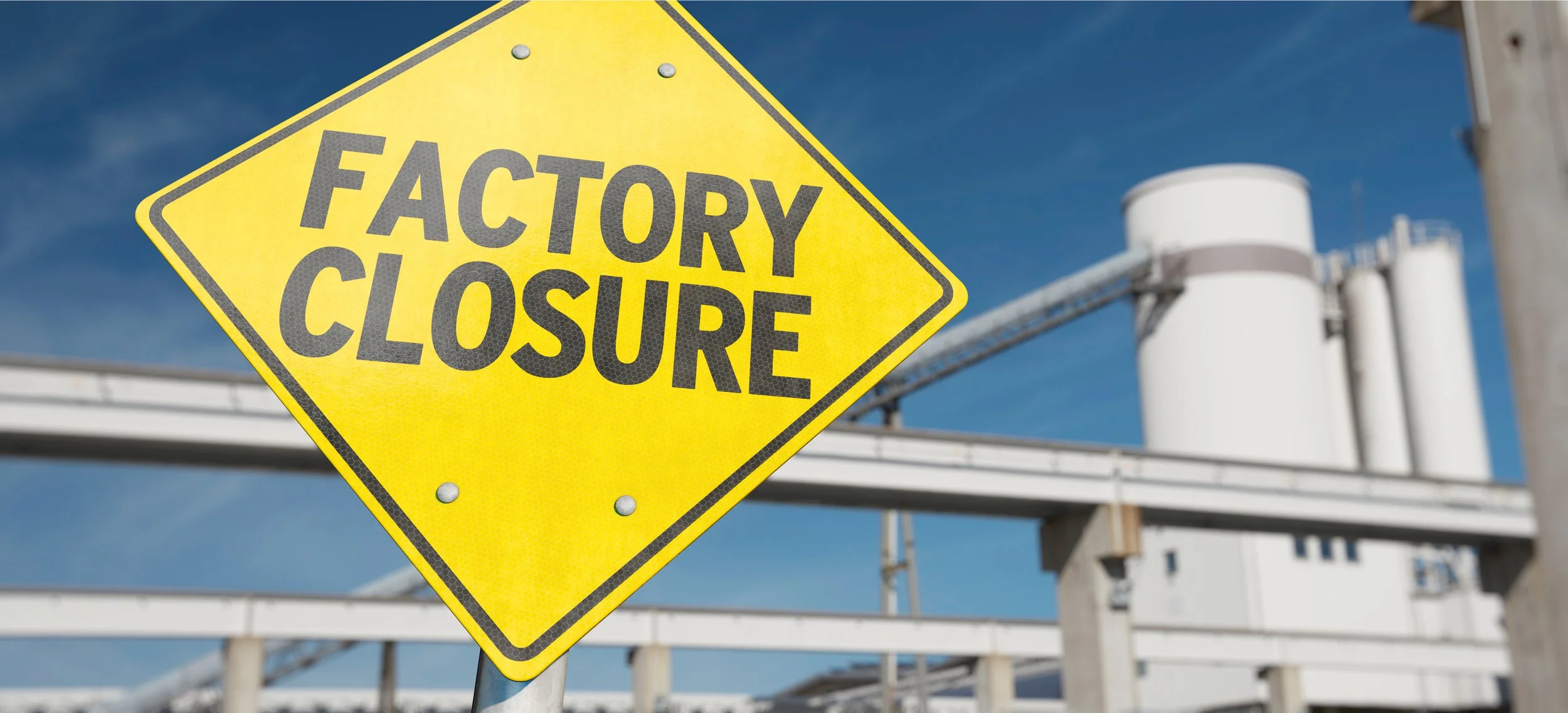Field Instrumentation Failure: A Silent Threat to Plant Performance
The Problem
Control systems rely on inputs from field instruments. Poor input signals from faulty or poorly calibrated instruments can severely compromise a system’s ability to control processes safely and accurately.
When field instruments fail, the control system can either limp along or have to shut down the plant altogether.
The Consequence
Consequences range in severity. At the most benign level, a faulty instrument could lead to minor loss of data. Operators may feel frustrated, but fundamentally, the process can continue uninterrupted. At a slightly elevated level, a faulty instrument could lead to numerous false alarms.
If no override, maintenance mode, or robust alarm-management strategy is in place, these alarms could flood the alarm system, causing critical alarms to be missed. Over time, operators could suffer from alarm-overload fatigue.
Incorrect instrument readings could also severely compromise produce quality, leading to off-spec outputs, loss of revenue, and reputation damage due to delayed product delivery, or poor quality.
In more severe cases, the plant may have to be shut down when an instrument is faulty. The exact consequences depend on the nature of the process, but typical implications are loss of production, costly start-ups, and raw-material wastage.
The most insidious consequence of failure is when safety is compromised. In this scenario, an instrument may provide key data on life-threatening plant conditions, such as the presence of dangerous gases, fire detection, and detection of flames in a boiler, to name but a few. Instrument failure could lead to loss of life or severe damage to plant equipment.
The Cause
No instrument lasts forever – failure is inevitable. That said, some factors accelerate failure and affect plant performance adversely.
x Instruments are not regularly checked according to a planned maintenance program.
x OEMs’ recommended replacement programs are not followed.
x Instruments are not doubled up on critical applications.
x Incorrect calibration procedures are followed.
x Failure of instruments is not properly considered in the design of the control systems and control strategies.
The Solution
✓ Implement a robust field-instrument maintenance program – this may necessitate a business case that estimates the costs of failure to help motivate the additional funding required for extra instrumentation personnel and additional calibration equipment.
✓ OEM recommendations should be strictly adhered to on critical applications.
✓ Conduct a thorough cause-and-effect analysis of your plant. An effective assessment requires rigor and draws on experience with similar plant situations.
Discover how our integrated services can elevate your projects.
With a rich legacy of experience, we prioritize risk reduction, safety, quality, and innovation.
Ensuring seamless project execution from concept through project completion.

